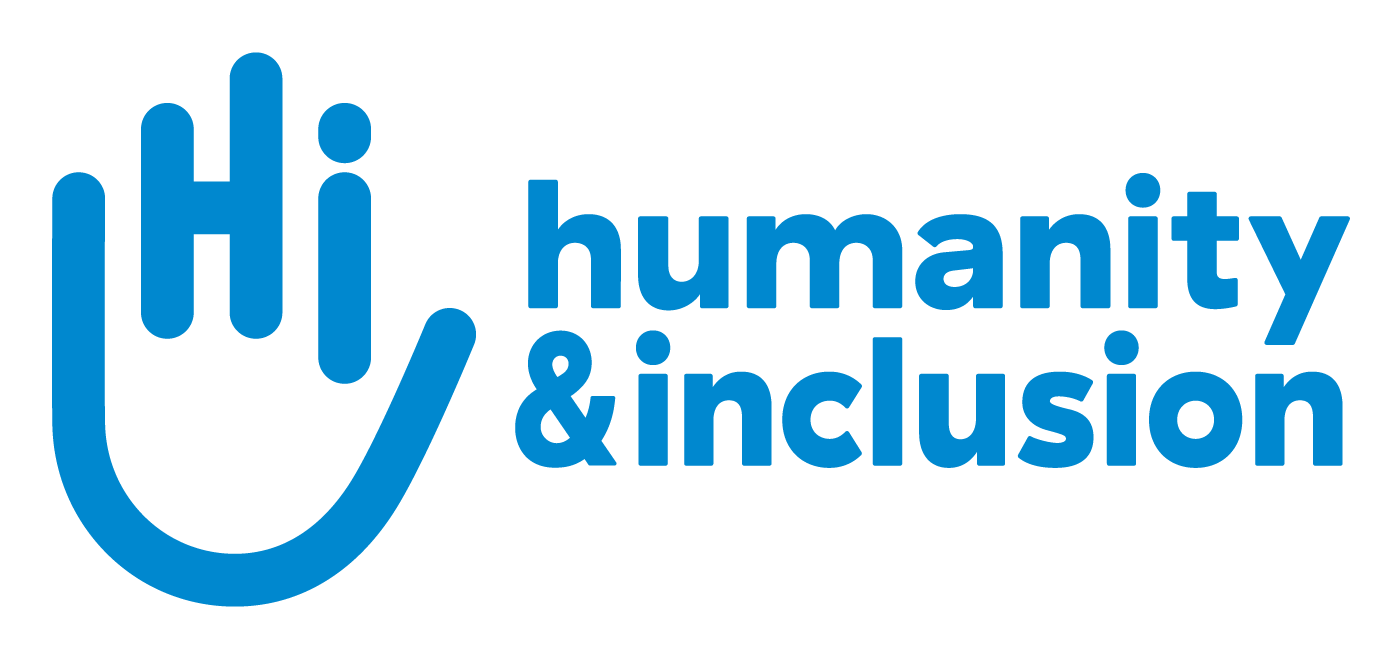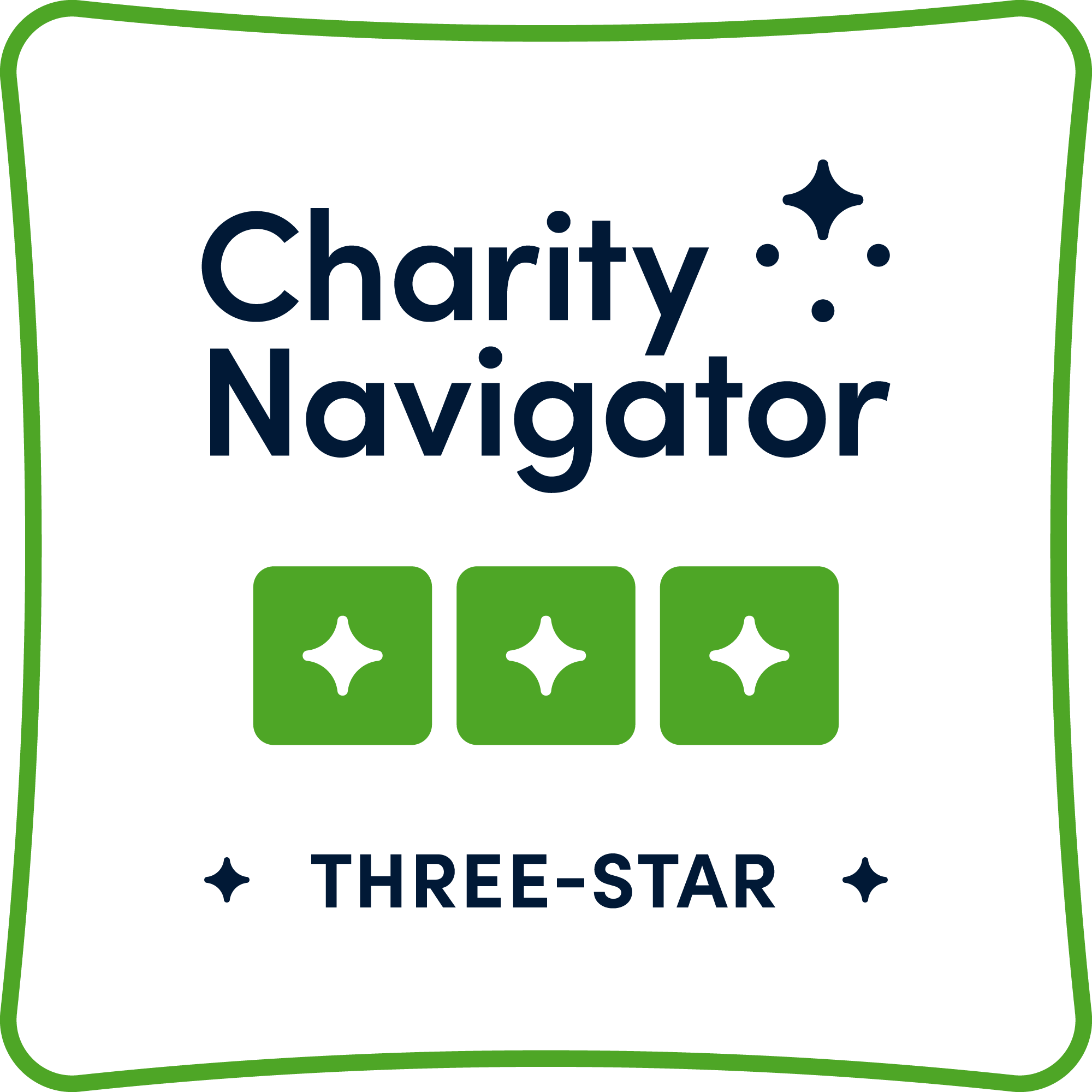Latest news
By country
By activity
- Rights (127)
- Emergency (669)
- Rehabilitation (491)
- Prevention (99)
- Inclusion (280)
- Health (198)
- Explosive weapons (356)
- Event (16)
- Covid-19 (5)
By publication date
A Rwandan Girl's Journey: Breaking Down Stigma Around Albinism 01/13/25
Born with albinism, Sifa has faced numerous challenges. Her life changed when the Uburezi Iwacus Project began supporting her. The Uburezi Iwacu is a USAID-funded Project that supports children with disabilities and contributes to Rwandan children's literacy.
- Rwanda
Healing Against the Odds: Isaac’s Story from Rwanda 01/13/25
Isaac, a nine-year-old Rwandan boy, defeated disability with the support of the Uburezi Iwacu Project. The Uburezi Iwacu is a USAID-funded Project that supports children with disabilities and contributes to Rwandan children's literacy.
- Rwanda
On the Ground in Nepal: HI-US Board Member Joe O'Meara Reflects on Visit with Local Staff and Partners 01/09/25
Humanity & Inclusion board member Joe O'Meara reflects on his visit to Nepal in late 2024.
- Nepal
Inclusive Education in Uganda: Santina faces life’s obstacles with a smile 01/03/25
Santina, 13, fled South Sudan with her family. She now lives in the Rhino Refugee Settlement in Uganda.
- Uganda
Facilitating access to healthcare for Altiplano communities in Bolivia 12/10/24
Rosalía's son was born with cerebral palsy following a difficult birth. Their journey through the healthcare system has been filled with difficulties, but the boy is receiving the support he needs.
- Bolivia and Andean states
Ukraine, 1,000 days on: civilians are still the primary victims of armed violence 11/19/24
November 19, 2024 marks 1,000 days since the escalation of the war between Russia and Ukraine. The impact of this war on civilians is catastrophic on numerous levels.
- Ukraine
Driving significant and lasting change in Kenya 11/07/24
Meet Faith Njiru, HI physical therapist and project manager working in Dadaab refugee camp in eastern Kenya.
- Kenya
OpenTeleRehab: customized remote rehabilitation services 10/30/24
HI's telerehabilitation software was first rolled out in Cambodia in May 2022. Here is some feedback from two families who have been using the customized service it provides.
- Cambodia
Tropical Storm Trami: HI to bring assistance to affected communities 10/29/24
Since tropical storm Trami (Kristine) made landfall over the northwestern Philippines, 7,000,000 people are awaiting urgent humanitarian aid, and at least 141 people died.
- Philippines
Ensuring equal rights for everyone in Latin America and the Caribbean 10/28/24
Based in seven countries in the region, HI has been growing its operations in the past few years to meet increasing humanitarian needs. We interviewed Nicola Momentè, HI’s regional director for Latin America and the Caribbean.
- Cuba
- Peru
- Bolivia and Andean states
- Colombia
- Venezuela
- Honduras
- Ecuador
In the displacement sites in North Kivu, the needs are desperate 10/25/24
Sarah Tumsifu fled Saké with her family to escape the fighting. More than 2.7 million people like Sarah have been displaced by the crisis in the DRC.
- Democratic Republic of Congo
In Lebanon, HI meets the needs of people displaced by the conflict 10/20/24
HI Operations Manager Zeina Salhani shares her experience of the current crisis and how HI is able to adapt its activities to meet the urgent needs of people in need.
- Lebanon
Rachana's journey – a source of inspiration for those around her 10/10/24
Rachana, 14, has cerebral palsy. It took several years for her parents to accept her disability. Today, they see the progress she is making as a major victory.
- Nepal
Bissine: Life after mines 10/09/24
After being displaced for 30 years, the inhabitants of Bissine, Senegal, are returning to their land and starting to cultivate their fields again, a source of economic prosperity for an entire region.
- Senegal
Ukraine: "Who will know that they need help?" 10/08/24
Humanity & Inclusion teams conduct a needs assessment in a reception center for displaced people in Yurivka, Ukraine. Most of them have been impacted by ongoing bombings.
- Ukraine

















